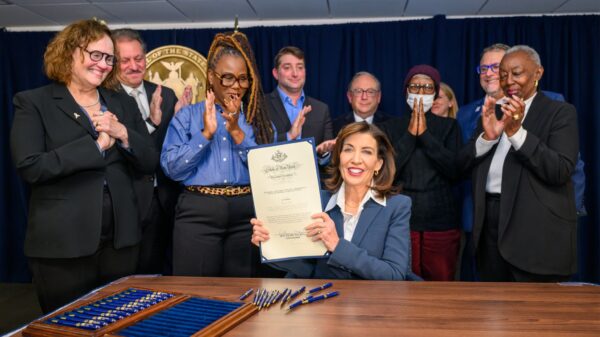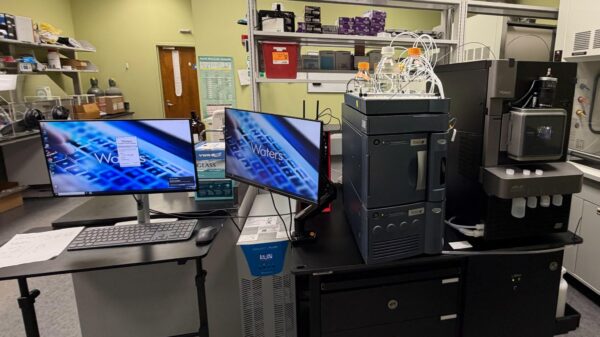An extensive new study has determined that the number of Canadian homes with unsafe levels of radon gas has increased by well over 100 per cent in the last 12 years. This is obviously not what residents want to hear.
The 2024 Cross-Canada Survey of Radon Exposure released Wednesday was led by the Evict Radon National Study team. This group is comprised of researchers from the University of Calgary’s (U of C) Arnie Charbonneau Cancer Institute, the British Columbia Cancer Agency, the University of Saskatchewan and Dalhousie University.
The report has estimated that 10.3 million Canadians are living in homes with levels of radon exceeding the limit set out by Health Canada. That is, 200 becquerels per cubic metre. Only 7 per cent of domestic homes had levels this high or greater when the last comparable study was completed in 2012. That number now sits at 17.8 per cent.
Radon is a naturally occurring radioactive gas that is produced when uranium in the ground decays. It is generated from the break down of other naturally occurring radioactive metals like thorium and radium too, though not nearly as much. This silent, invisible and odourless poison seeps into homes through cracks and other openings. It is the second leading cause of lung cancer behind smoking.
“Alarmingly, this report concludes that Canadians are among the most highly radon-exposed people on Earth,” U of C study lead Dr. Aaron Goodarzi said, “and that means we urgently need to address this to avoid a future of prevalent, but otherwise avoidable lung cancers.”
Read more: Radon: the silent, invisible and odourless killer
Proper sealing is good, but not without adequate ventilation
Although the increase is concerning it also shows that there has been an increased level of radon testing. The dangers outlined by the new report should boost testing and monitoring rates even higher. Increased home and building construction in the country is another factor, along with their improved sealing compared to older structures.
“Retrofitting existing properties to make them more airtight but without necessarily balancing the amount of fresh air they can intake and the stale air they release, ” Goodarzi explained in an interview with CTV.
He says that more people have been making the smart decision to test for the gas in their basement in particular, which is another factor contributing the increase and improved awareness about its presence.
The study investigators collaborated with Health Canada, the BC Centre for Disease Control and CAREX Canada. Their research was funded by the Canadian Institutes of Health, the Canadian Cancer Society and the Alberta Real Estate Foundation.
November is Radon Action Month. BCREA and the BC Lung Foundation are teaming up to raise awareness about the dangers of radon gas and how you can protect your home. Get your radon test kit today at https://t.co/PMRSzNMDjT 🏡🚨 #RadonAwareness pic.twitter.com/MVHCL7aRI4
— BC Real Estate Association (@bcrea) October 22, 2024
Read more: Breath Diagnostics takes aim at lung cancer with One Breath
Read more: Breath Diagnostics pioneers novel lung cancer breath test
BC interior, Yukon and Atlantic Canada are most impacted
One in three homes in those regions are estimated to have an unsafe quantity of the gas.
Approximately 22.3 per cent of homes in Atlantic Canada are approaching the unacceptable limit too, the report says. These have concentrations of radon ranging between 100 becquerels per cubic metre to 199.
That number is even higher in BC and Yukon at 28.3 per cent.
Last year, a study completed in Newfoundland & Labrador through the Health Canada-funded Take Action on Radon campaign found that 30 per cent of 110 homes tested had levels exceeding the acceptable limit. These houses were located in the town of Conception Bay South (CBS).
The campaign organizers provided a significant quantity of testing kits to CBS and other municipalities in the province.
Health Canada says about 3,000 Canadians die from radon-linked lung cancer every year. The World Health Organization has estimated that the gas causes between 3 and 14 per cent of all lung cancers, varying based on location.
rowan@mugglehead.com














